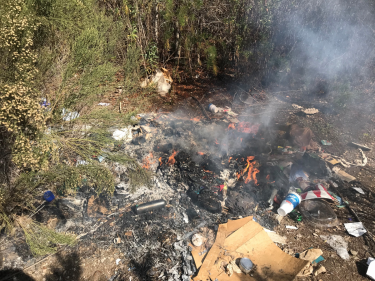EGG PRICES STILL RISING RAPIDLY AMID AVIAN FLU OUTBREAKS; JUSTICE DEPT. LAUNCHES PRICE GOUGING INVESTIGATION
By G. A. McNeeley
Photo courtesy of Brian McNeeley
March 19, 2025 (Washington D.C.) — The Agriculture Department predicts egg prices could rise by more than 40%, on top of already steep price rises in 2024. While egg producers blame bird flu outbreaks, the Justice Department this month announced an investigation into whether egg producers might be sharing information and engaging in price gouging, ABC News reports.
President Donald Trump’s campaign platform including a pledge to bring down inflation including egg prices, but so far, prices continue to skyrocket. Now, the administration is offering its first details on its plan to fight avian flu and ease costs.



